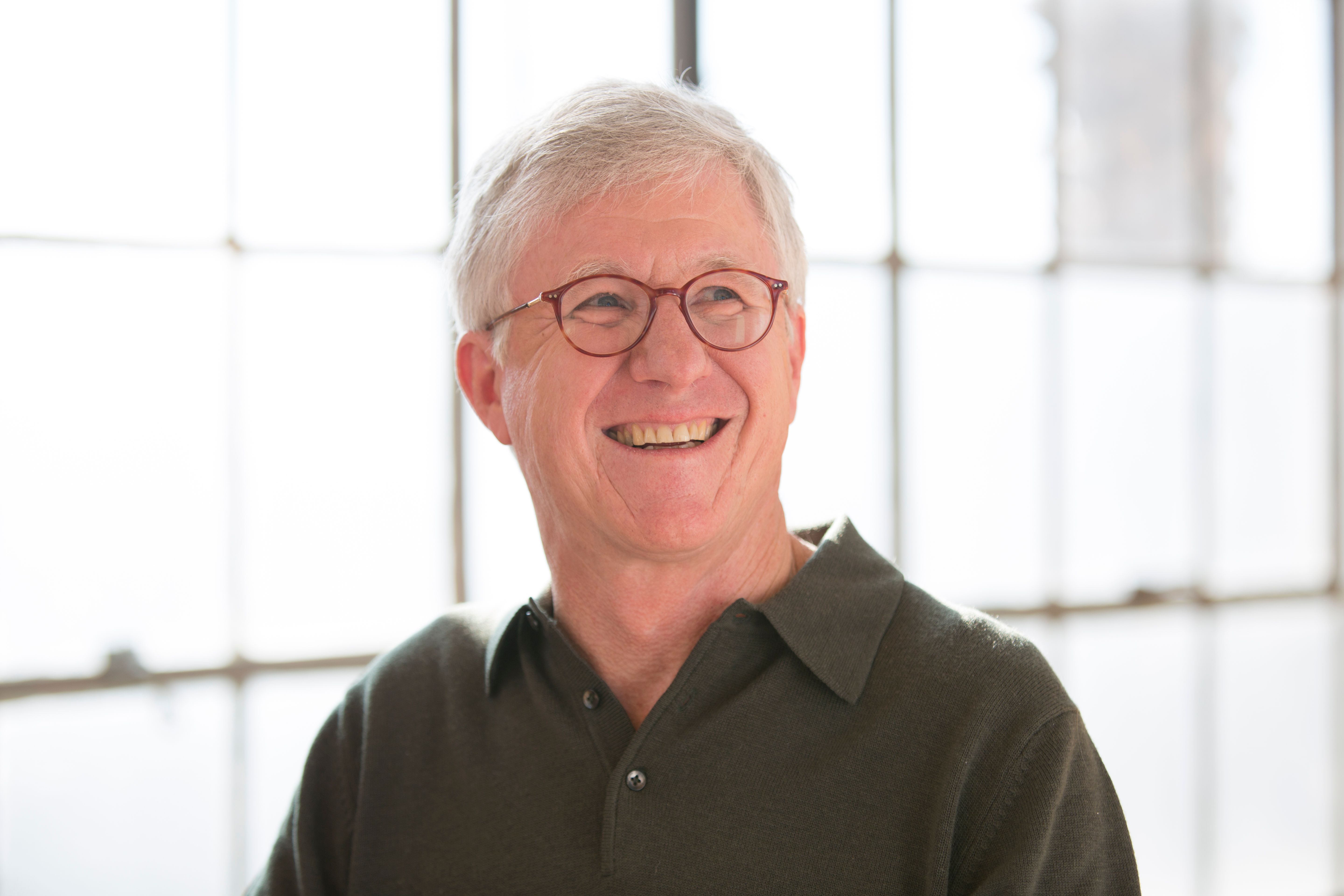News
Article
After More Than a Decade with CLL, MRD Results Left Patient ‘Over the Moon’
Author(s):
Geoff Grubbs, who was diagnosed with chronic lymphocytic leukemia in 2009, has undergone five lines of treatment and participated in two clinical trials.
Chronic lymphocytic leukemia (CLL) has been part of Geoff Grubbs’ life for nearly 15 years. But recently, after five lines of treatment and participation in two clinical trials, Grubbs received some good news.
For the first time since his diagnosis, Grubbs has reached complete remission and feels “over the moon,” as he said in an interview with CURE.
“I am so excited,” said Grubbs, 72. “This has never happened to me before, nothing like it.”
Grubbs, now an ambassador for the Lymphoma Research Foundation, worked for the U.S. Environmental Protection Agency for more than 30 years before retiring in 2005, and received his diagnosis of CLL in 2009.
Geoff Grubbs was happy to learn of his MRD status after multiple lines of treatment for chronic lymphocytic leukemia.
Photo credit: Gilead Sciences

“My cancer journey began the same way that (it does for) a lot of patients (who) go through it, and that is you go in one day for a physical,” said Grubbs. “And for me, it was just a gorgeous day. I sort of felt at the top of my game — happy with my family, happy with my work, happy with just about everything. And to make a long story short, I walked out with leukemia.
“And, you know, it was it was extremely upsetting. … I got really angry. I was just really ticked off, because it just screwed up a gorgeous day. And I knew I was going to have to deal with this thing. I knew it was going to be a long haul. And it's impossible to sort of get your get your mind around at first, but I was pretty mad.”
Grubbs then spent the next five years in what he described as “watch and wait” mode.
“You go as long as you possibly can without doing anything, and live your life to the fullest,” he said. “Because among other things, the science is advancing very fast, and it really is and has been, so the longer you wait, the better (the) chances are (that) you're going to have a new and more effective treatment.”
In Grubbs’ case, it was approximately half a decade before his case of CLL “just sort of took off … and began escalating really rapidly,” to the point where he lost 20% or so of his body weight in six weeks. He was experiencing extreme fatigue, even climbing a flight of stairs was, as he said, “just about too much.”
“My numbers, my blood counts, everything was just heading in the wrong direction real fast,” he said. “So, we intervened. This was 2015, which in hindsight is sort of an interesting time. It was the end of really the time in which chemotherapy was used for this disease and the beginning of the time in which the more targeted agents that are used really all the time now was beginning.”
Several lines of treatment and enrollment in a clinical trial followed, but “my disease has always been very aggressive,” said Grubbs. “I've never had a complete remission. And every time I come off of something, it comes back fast, within a month.”
That all changed when Grubbs enrolled in his second clinical trial, VENOM, which marked his fifth line of treatment.
A phase 1 clinical trial conducted by the National Institute of Health Clinical Center in Bethesda, Maryland, is studying the safety of the combination of BCL2 inhibitor Venclexta (venetoclax) with monoclonal antibodies magrolimab and Gazyva (obinutuzumab) in the treatment of patients with relapsed and refractory indolent B-cell malignancies, according to the study’s listing on clinincaltrials.gov.
With approximately 76 participants, the study began in 2021 and is estimated to be completed in 2027, according to the listing.
After Grubbs had spent three months on the treatment regimen, blood and bone marrow testing for minimal residual disease, or MRD, came back negative.
“When you get a MRD, negative reading, which I now have, it does not mean you don't have (cancer), it only means they couldn't find it,” Grubbs explained. “And it's very reassuring, (looking) at how small some of these numbers are. … Essentially, looking at 100,000 cells, they couldn't find even one (cell) that was my CLL. And that is enormously reassuring, (but) it does not mean that there isn't another one in there somewhere, or that they missed. It does mean that is pretty much the heck gone for the time being.”
For more news on cancer updates, research and education, don’t forget to subscribe to CURE®’s newsletters here





